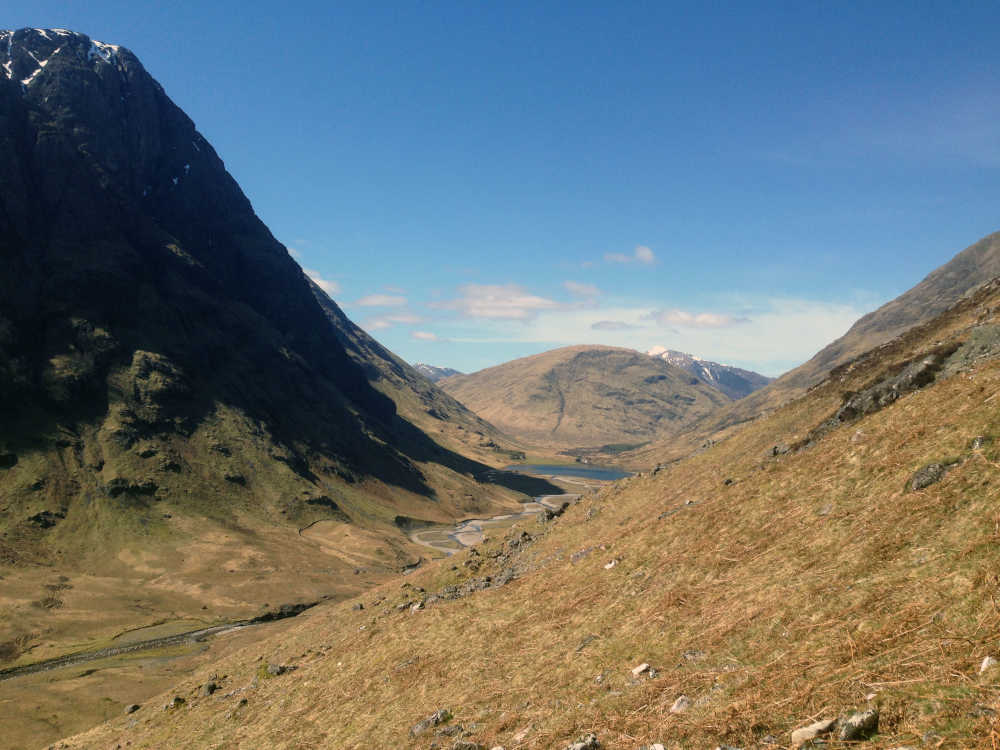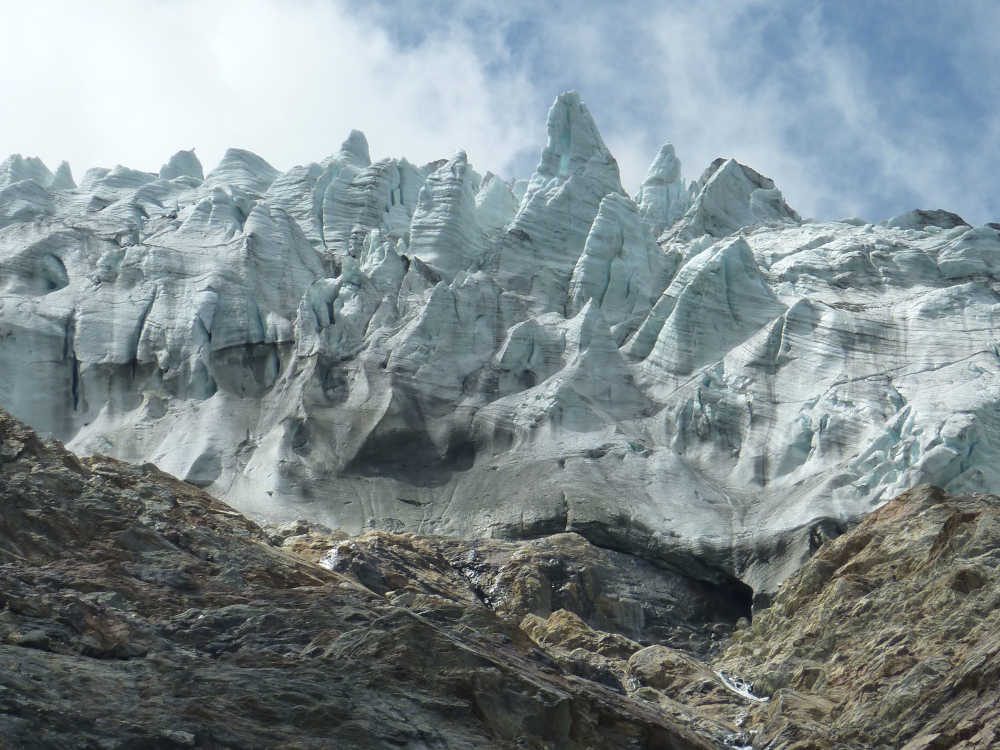SCIENTISTS from a Scottish University have revealed that the climate was responsible for some of Scotland’s most dramatic Scenery.
Dr Simon Cook and Dr Martin Kilbride, from the University of Dundee, say that heavy rain and relatively warm temperatures played a greater role in determining how glaciers shaped iconic landscapes than previously thought.
In a paper published today in the journal Nature Communications, Dr Cook has developed a new global assessment of glacial erosion rates. It states for the first time how climate affects how quickly glaciers erode.

The Dundee team’s findings have helped to shine new light on how Scotland’s stunning landscape may have been formed, with today’s peaks and glens likely to be the consequence of how local climatic conditions interacted with a vast ice sheet that once covered the land.
Dr Cook said: “If we were to go back 20,000 years then Scotland is covered by an ice sheet.The west coast would have been warmer and wetter, as it is today, with a lot more snowfall that helped to carve the spectacular landscapes that we see at places like Glencoe.
“By contrast, the Cairngorm plateau would have experienced a colder and drier continental climate, as today, with less snowfall to drive erosive glaciers.

“It’s hard to say for certain what the weather would have been like 20,000 years ago, but there may have been some broad similarities with today. We talk of Dundee as being the sunniest city in Scotland and when you compare it to places like Glasgow then, it is drier.
“That may be part of the reason why places like Glencoe look as steep and dramatic as they do today.”

